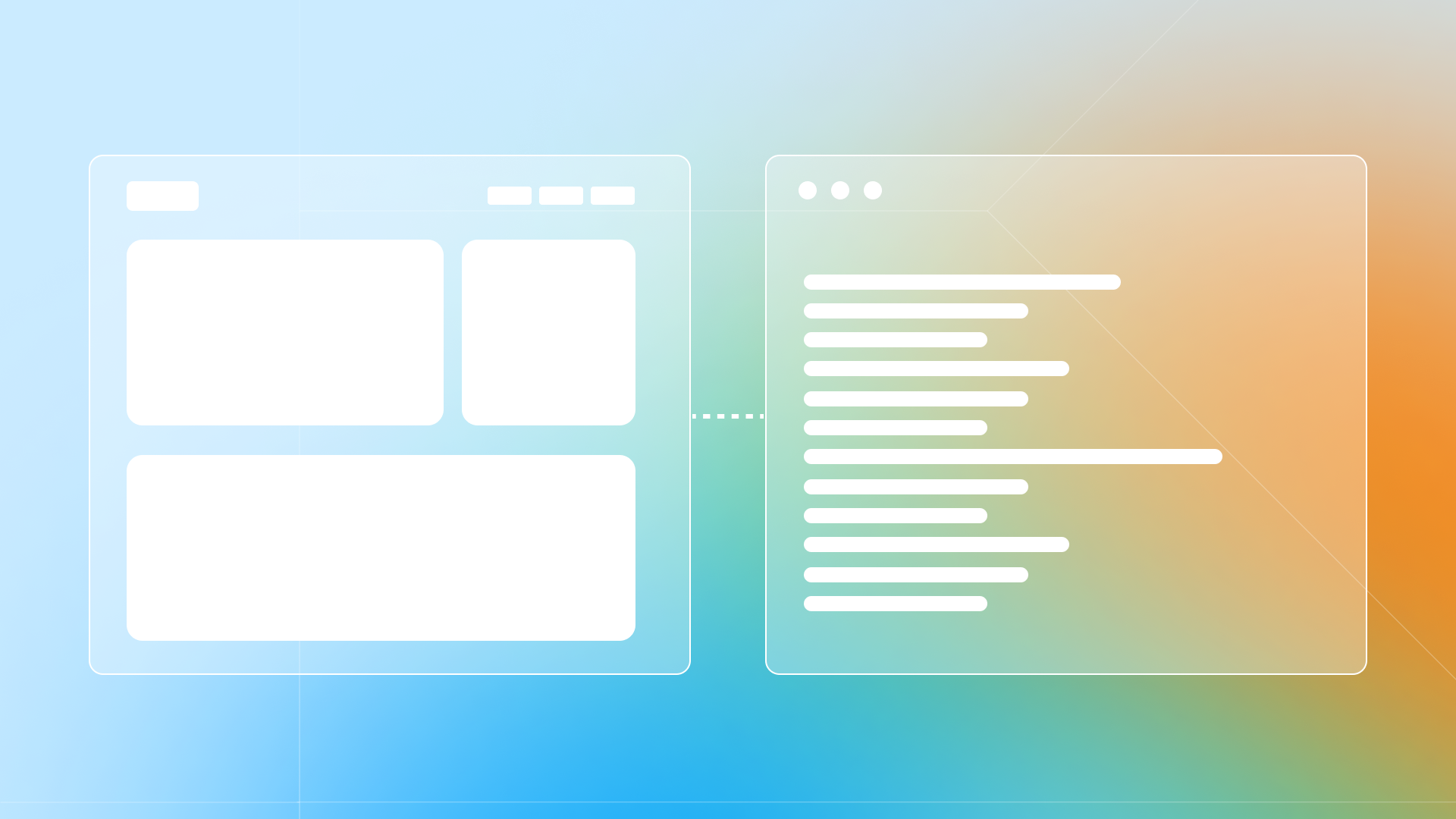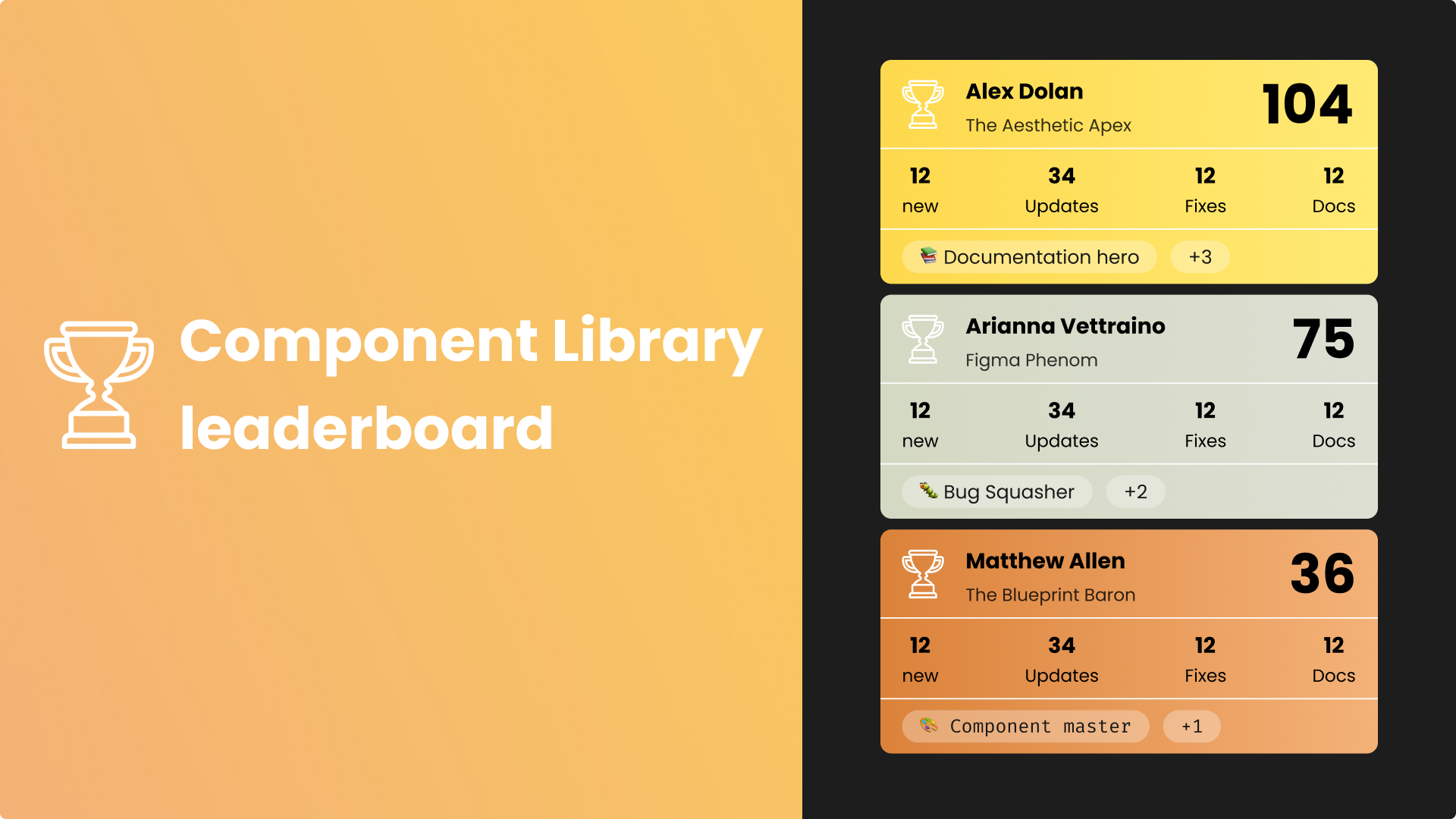The relationship between designers and developers has always been a bit… complicated. Despite working toward the same goal—creating great digital experiences—collaboration between these disciplines often feels disjointed. Designers work in tools like Figma; developers live in code. And somewhere in between, a lot gets lost.
But as digital products become more complex and expectations rise, strong design–dev collaboration isn’t just nice to have—it’s essential.
From Handoff to Partnership
Too many teams still operate on a handoff model: designers polish up a prototype and “pass it over” to developers. What happens next often involves guesswork, interpretation, and compromises that dilute the original vision.
The reality is that product development doesn’t work in clean lines. It’s messy. It loops back. The best teams lean into that mess and work together from the start. Developers join early conversations. Designers stay involved post-handoff. Feedback flows in both directions. And what’s built is often better than what was originally imagined.
Design Systems Are Not Just for Developers
One of the biggest opportunities for collaboration often ends up being a dividing line: the component library.
Tools like Storybook are often seen as developer territory—a catalog of coded components, maintained somewhere outside of design’s reach. But when a component system is owned only by engineering, it risks drifting away from its design roots. Visual inconsistencies creep in. Variants multiply unnecessarily. Documentation gets overly technical, or worse, outdated.
Designers need to be just as involved in the maintenance of these systems as developers. Not just approving the look and feel of components, but helping shape naming conventions, usage guidelines, and even identifying when a component doesn’t reflect the user experience they intended.
It’s not about designers learning to code, or developers learning to design—it’s about meeting in the middle, working in the open, and treating the system as a shared language.
Designing Closer to the Medium
Another shift that improves collaboration is designing with implementation in mind. That doesn’t mean designing for developers—it means designing with an awareness of how interfaces behave in real browsers, on real devices, with real content.
Design files are still largely static, but the web is not. Hover states, motion, responsiveness, dynamic content—all of that matters. The closer design tools get to reality, the less developers are forced to interpret intent. And the closer developers get to the design process, the more they can offer early insight into feasibility, performance, and accessibility.
Some of the most productive moments happen not during handoff, but when a designer and developer sit together—whether in a shared workspace or a teams call—looking at a screen and solving problems side-by-side.
It’s a Relationship, Not a Workflow
At its core, collaboration isn’t about tools or processes. It’s about relationships. It’s about trust, openness, and giving each other space to contribute ideas, challenge assumptions, and solve problems together.
That might look like a developer pushing back on a design that’s tricky to implement—and a designer offering a simpler alternative without compromising intent. Or a designer catching a small visual bug post-build—and the developer taking pride in fixing it quickly. These moments matter. They build respect.
And that’s how great teams are built—not around strict roles, but shared goals.
Final Thoughts
Design and development are different crafts, but they’re not opposing forces. When they work in sync, the results speak for themselves: tighter interfaces, smoother experiences, and products that feel considered from every angle.
Collaboration isn’t just about being nice—it’s about being better, together.




